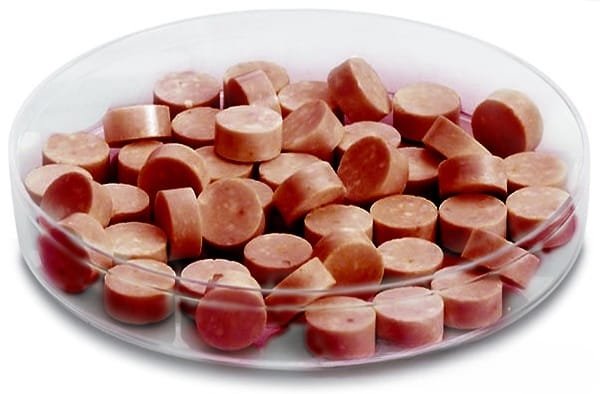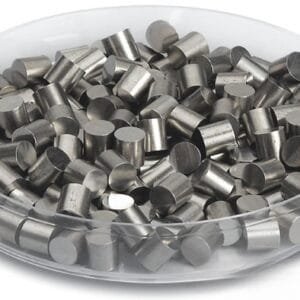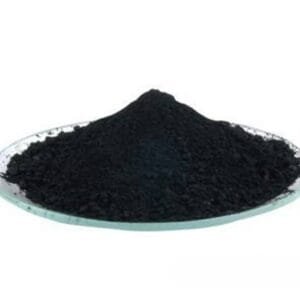Iron(III) Oxide Evaporation Materials Overview
Iron(III) oxide, with the chemical formula Fe₂O₃, is a critical material in various evaporation processes. At TFM, we provide high-purity iron(III) oxide evaporation materials, known for their exceptional quality and reliability. Our products are essential for achieving top-notch deposited films in a range of applications. We pride ourselves on our rigorous quality assurance, offering materials with purity levels reaching up to 99.9995%.
Key Specifications
| Material Type | Iron(III) Oxide |
| Symbol | Fe2O3 |
| Color/Appearance | Red-brown solid |
| Melting Point | 1,539 °C |
| Theoretical Density | 5.25 g/cm3 |
| Purity | 99.5% ~ 99.99% |
| Shape | Powder/ Granule/ Custom-made |
Applications of Iron(III) Oxide Evaporation Materials
Iron(III) oxide evaporation materials are versatile and find use in numerous areas:
- Deposition Processes: Ideal for semiconductor deposition, chemical vapor deposition (CVD), and physical vapor deposition (PVD).
- Optical Applications: Used in coatings for wear protection, decorative purposes, and display technologies.
Packaging and Handling
Our iron(III) oxide evaporation materials are meticulously packaged with clear labeling for easy identification and quality control. We ensure that the products are protected from damage during both storage and transportation.
Contact Us
TFM is a top-tier supplier of high-purity iron(III) oxide evaporation materials. We offer various shapes, including tablets, granules, rods, and wires, with customization available to meet your specific needs. In addition to evaporation materials, we provide evaporation sources, boats, filaments, crucibles, heaters, and e-beam crucible liners. For current pricing and to inquire about additional materials, please reach out to us.


 MSDS File
MSDS File



Reviews
There are no reviews yet.